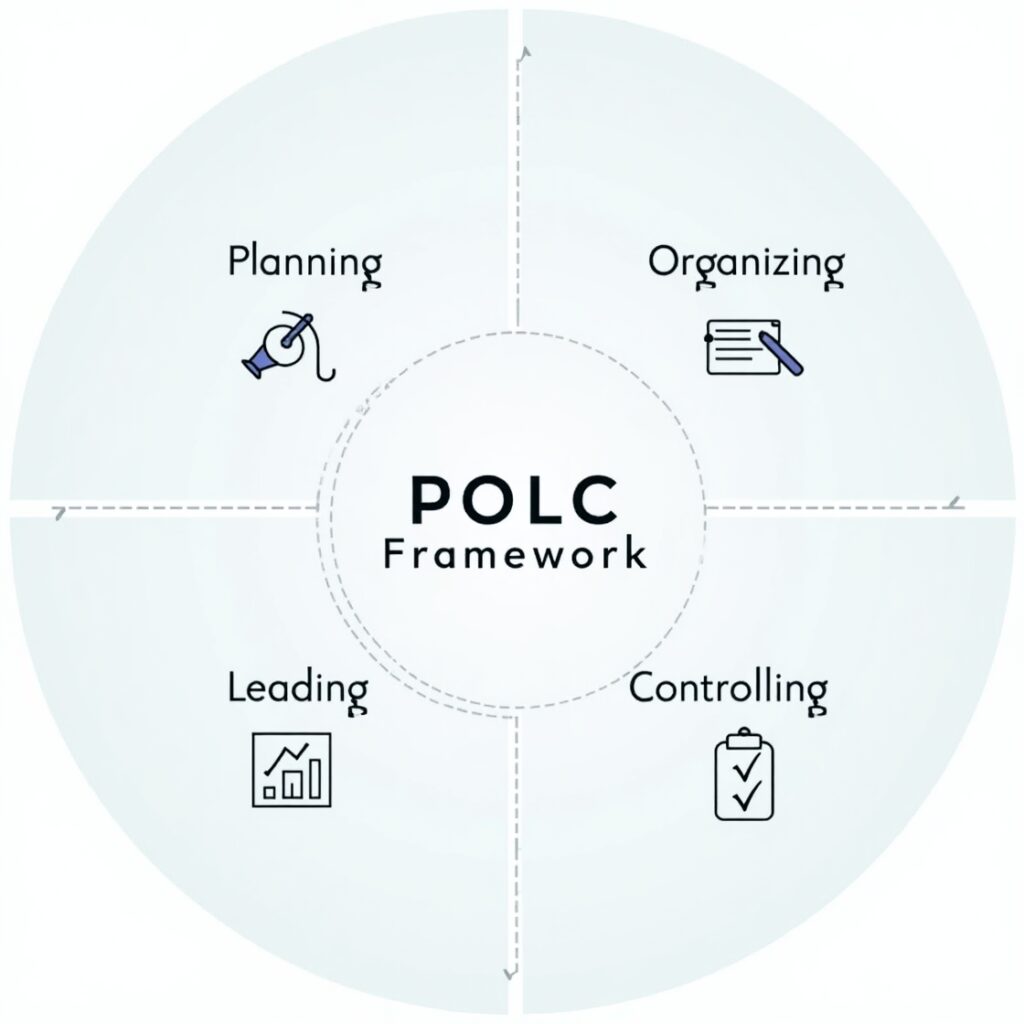Monopoly and monopolistic competition are two market structures in economics that differ in terms of competition, pricing power, and product differentiation.
1. Monopoly
A monopoly exists when a single firm dominates the entire market with no close substitutes for its product.
Characteristics:
- Single seller – Only one firm controls the market.
- No close substitutes – Consumers have no alternative products.
- High barriers to entry – Legal, technological, or economic obstacles prevent competitors from entering.
- Price maker – The firm sets prices (price-setting power).
- Profit maximization – Produces where MR = MC but charges a higher price than in competitive markets.
Examples:
- Utilities (e.g., local electricity providers with government-granted monopolies).
- Patented drugs (e.g., a pharmaceutical company with exclusive rights to a drug).
Pros & Cons:
- Pros: Economies of scale may lower costs.
- Cons: Higher prices, lower output, and potential inefficiency (deadweight loss).
2. Monopolistic Competition
Monopolistic competition is a market structure with many firms selling similar but not identical products, allowing for some degree of pricing power.
Characteristics:
- Many sellers – Numerous firms compete.
- Product differentiation – Products are similar but not identical (e.g., branding, quality, features).
- Low barriers to entry – Firms can enter or exit relatively easily.
- Some pricing power – Firms can set prices slightly due to differentiation.
- Non-price competition – Advertising, branding, and quality improvements are key strategies.
Examples:
- Fast food chains (McDonald’s, Burger King – similar but differentiated).
- Clothing brands (Nike, Adidas – differentiated by style and branding).
Pros & Cons:
- Pros: More choices for consumers, innovation due to competition.
- Cons: Inefficient production (excess capacity), advertising costs can be wasteful.
Key Differences:
| Feature | Monopoly | Monopolistic Competition |
|---|---|---|
| Number of Firms | One | Many |
| Product Type | Unique, no substitutes | Differentiated, close substitutes |
| Barriers to Entry | Very high | Low |
| Price Control | Strong (price maker) | Some (limited pricing power) |
| Examples | Microsoft (historically), Local utilities | Restaurants, Clothing brands |
Conclusion:
- A monopoly has no competition and sets high prices.
- Monopolistic competition involves many firms competing through product differentiation, leading to more choices but some inefficiencies.

